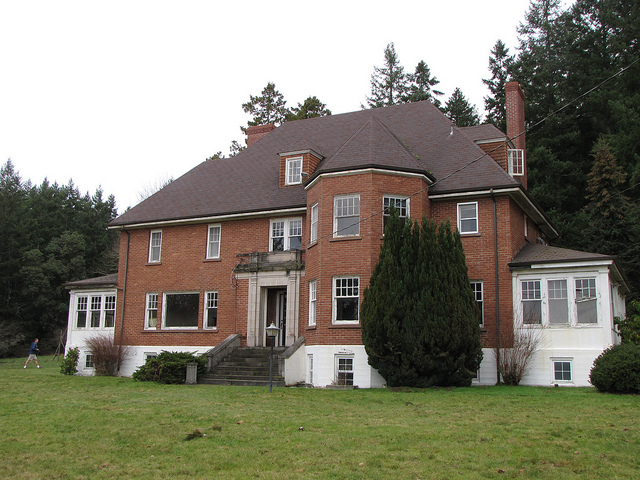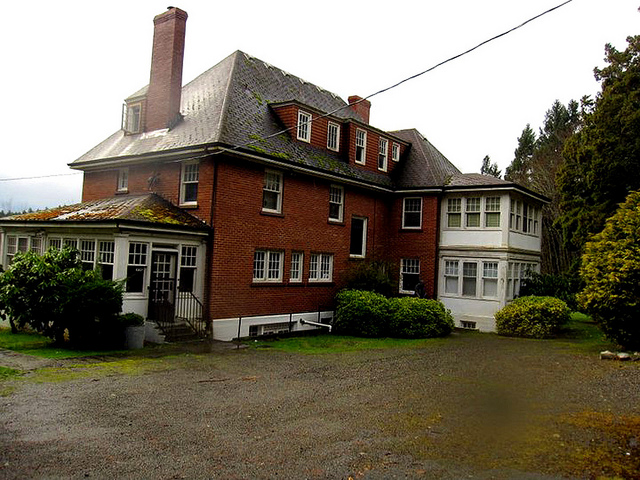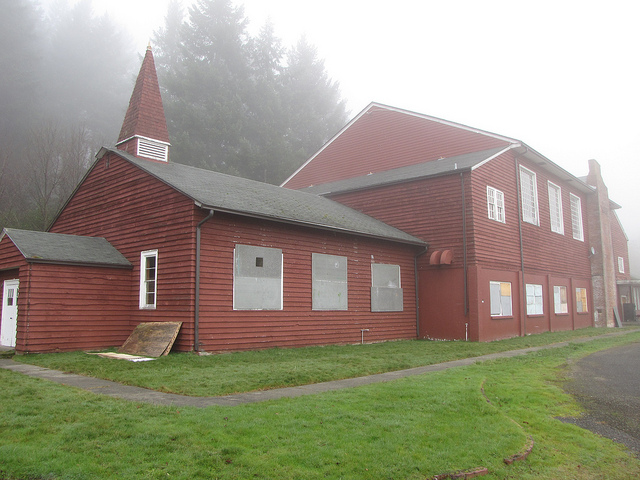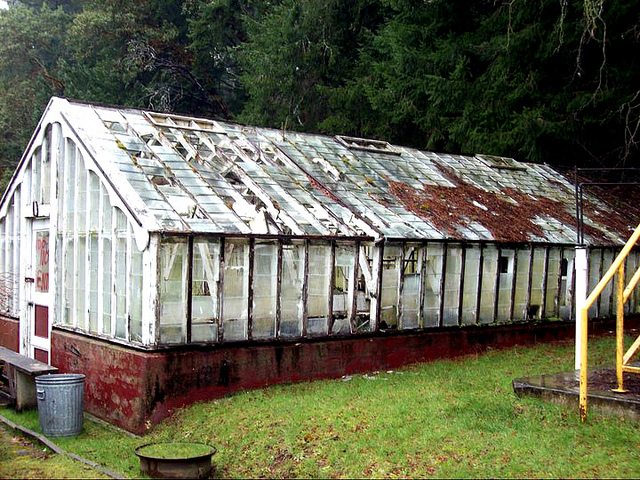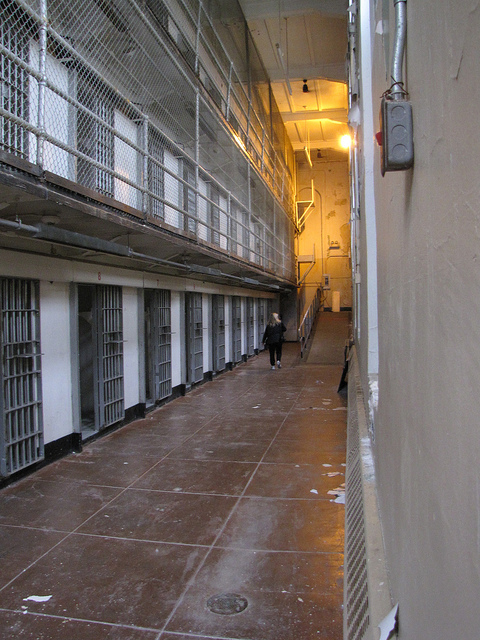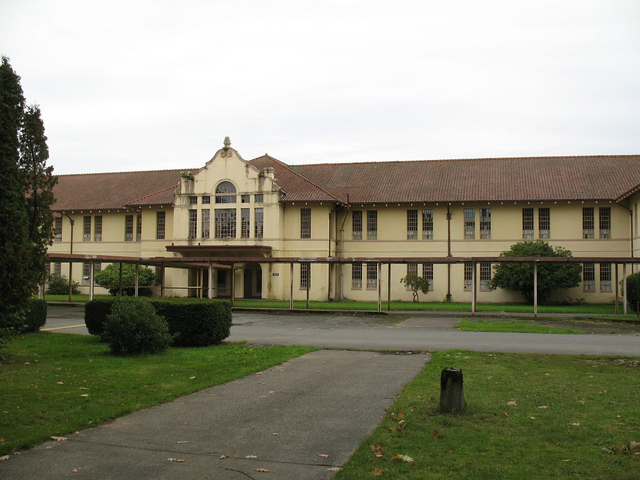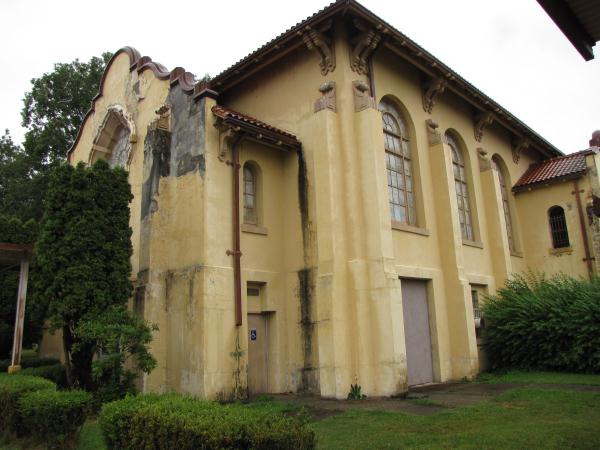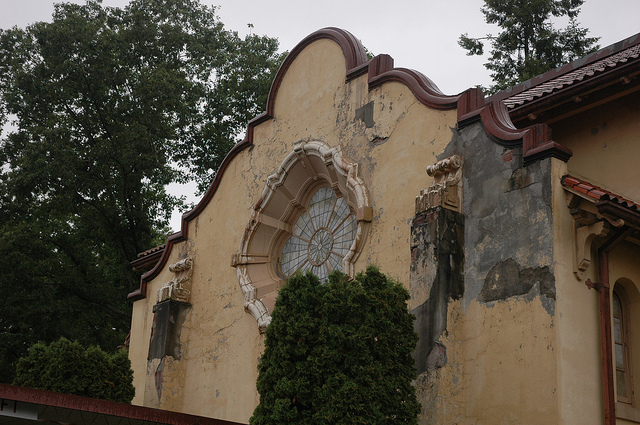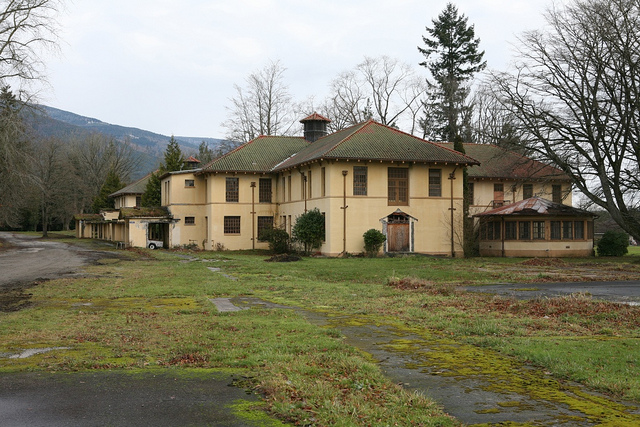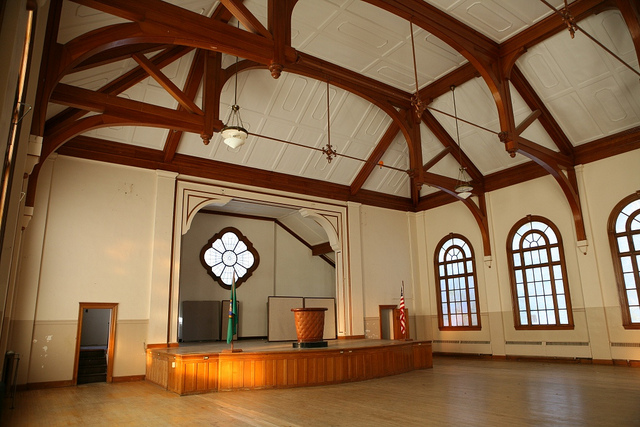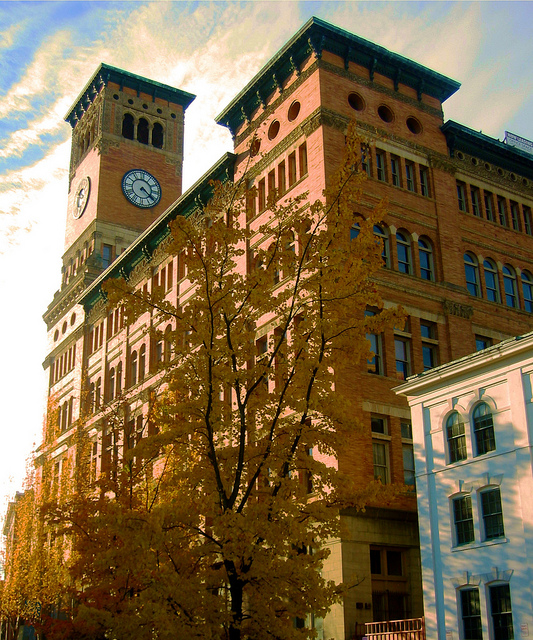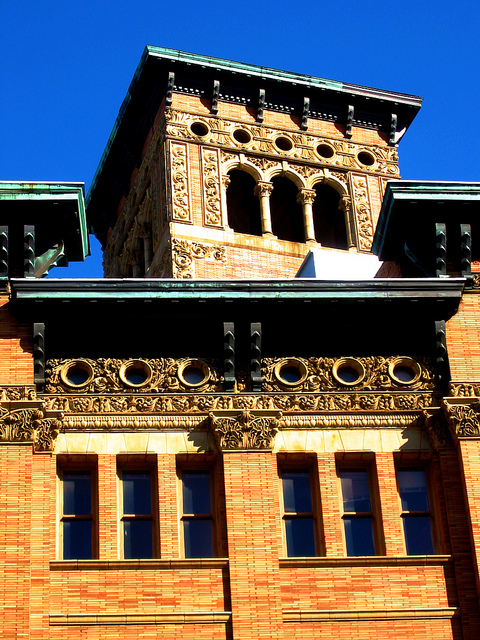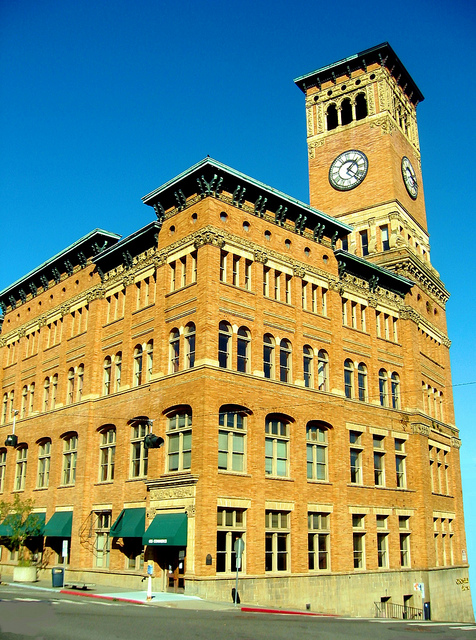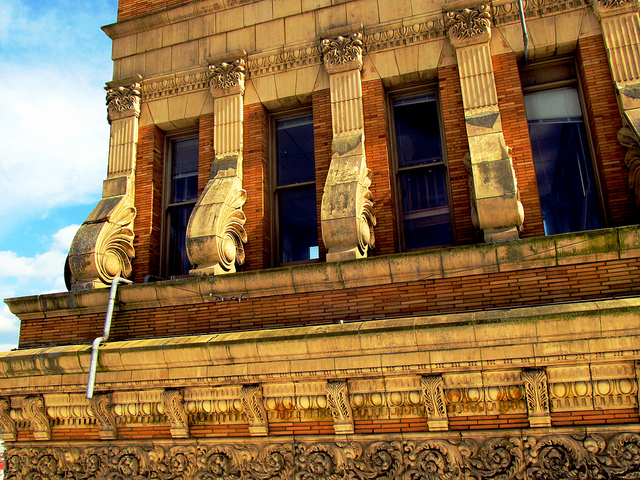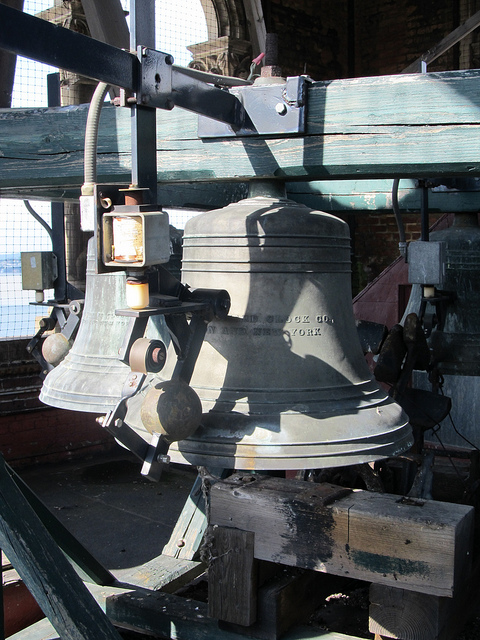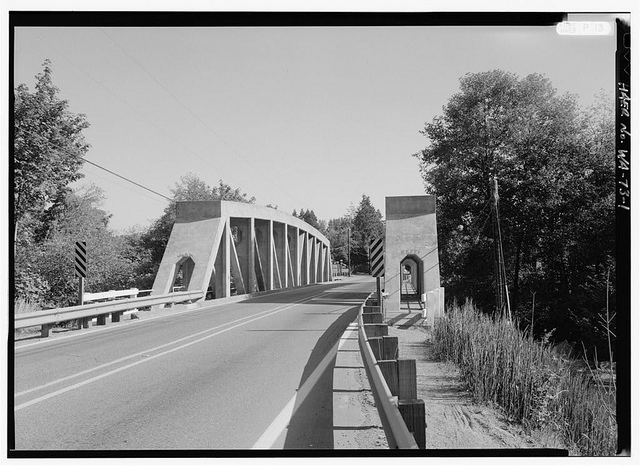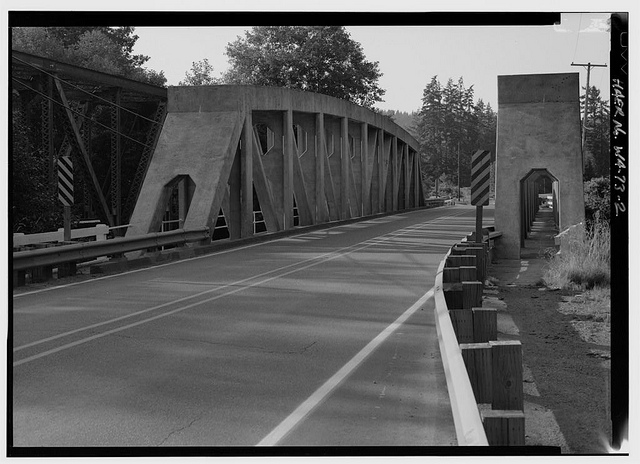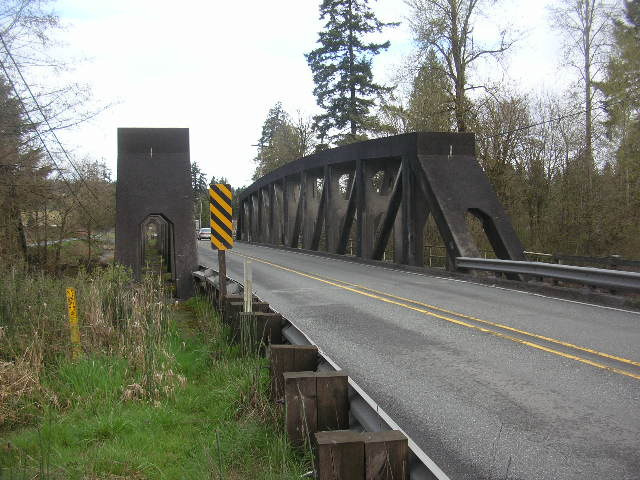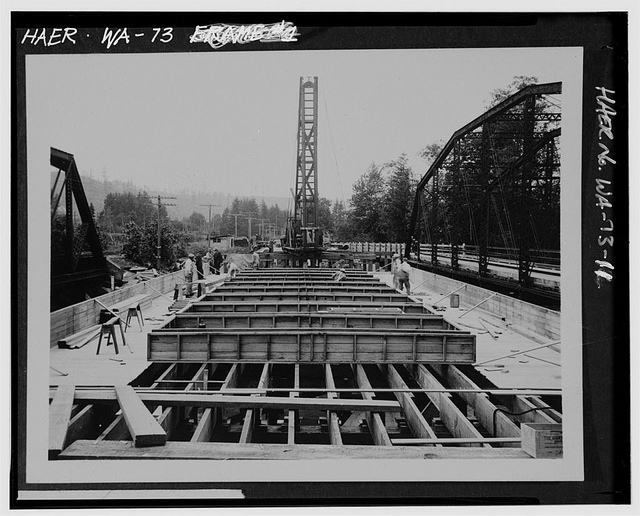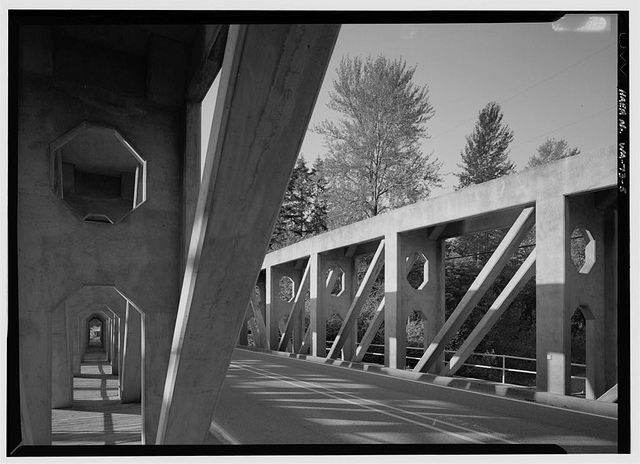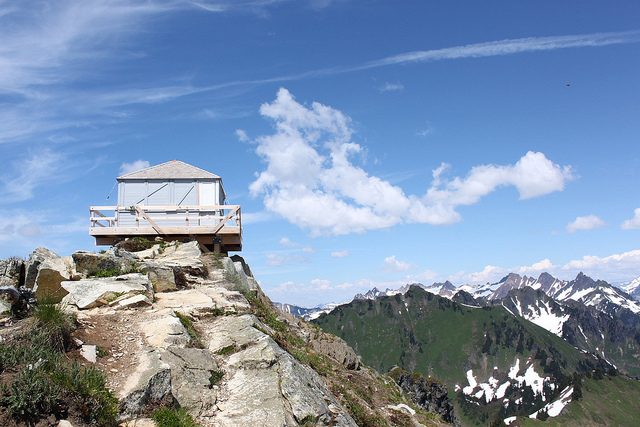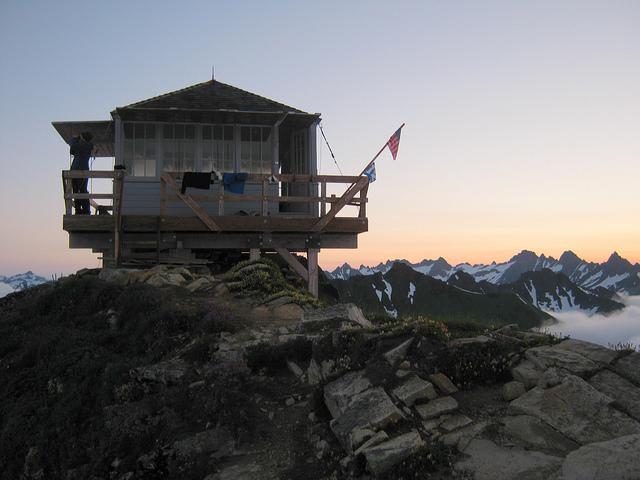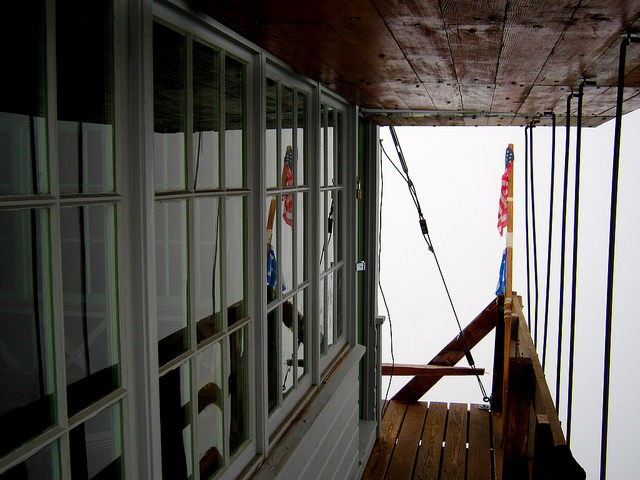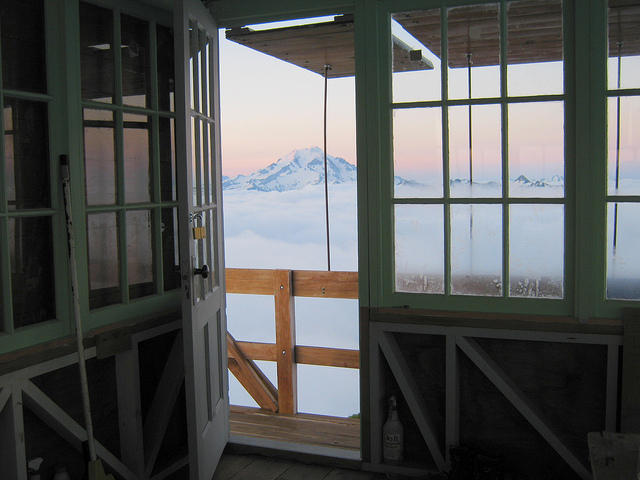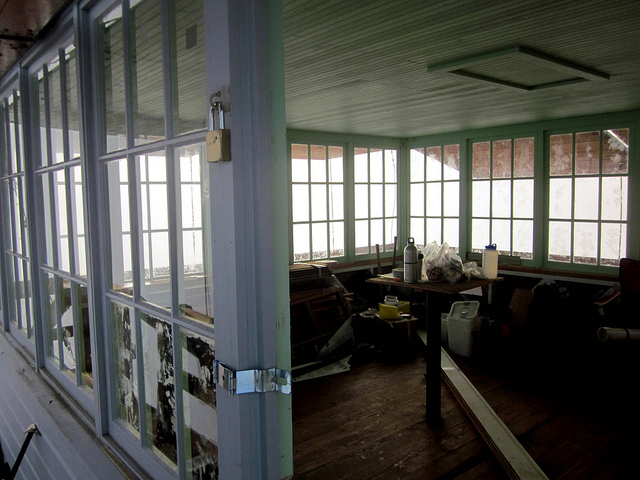Constructed in 1933, the Green Mountain Fire Lookout in the Glacier Peak National Wilderness Area is a rare example of a fire lookout remaining in its original location. The lookout remained staffed into the 1980s, but the gradual increase of aerial methods of fire detection rendered its original use less relevant. Given the severity of winters in the North Cascades, and a 6,500 foot high site, the building was difficult and expensive to maintain, and threatened with removal when closed to the public in 1994 due to structural deterioration. Additionally, preservation of the building seemed at odds with its setting in a designated wilderness, despite being very popular with hikers.
Trust actions, such as including the lookout on the Most Endangered Places list in 1999, and the awarding of a Valerie Sivinski Fund grant that same year to assist in the rehabilitation, helped create a path to preservation. A federal award of $50,000 from the Save America’s Treasures program in 1999, cooperative planning from the U.S. Forest Service, and the volunteer efforts of the Darrington Historical Society and labor of Passport in Time participants, would have seemed to have sealed the deal.
However, challenges remained, and initial rehab efforts in 2000 did not adequately account for the detrimental effects of snow load. The lookout was systematically disassembled and removed by helicopter tor work off-site. Hundreds of volunteer hours were logged between 2003 and 2008 towards rehabilitation and a grant of $50,000 from the Washington State Recreation and Conservation Office made possible foundation repair by National Park Service crews in 2009. That same year, the disassembled pieces were flown back and reassembled, and the structure seemed saved.
However, the lookout was once again listed in the Trust’s Most Endangered Place program in 2011 when Montana-based Wilderness Watch sued the US Forest Service and called for the structure’s removal, claiming rehabilitation efforts had violated the Wilderness Act. Preservation advocates, including the Washington Trust, the National Trust for Historic Preservation, and the Darrington Historical Society, filed an Amicus Brief in support of the lookout, but the preservation battle continued when a federal judge ordered removal of the structure in 2012. Ultimately, passage of the Green Mountain Lookout Heritage Protection Act in 2014 permanently blocked removal. The legislation was sponsored by Senators Patty Murray and Maria Cantwell, along with Representatives Suzan DelBene and Rick Larsen. The Green Mountain Fire Lookout received the National Trust tor Historic Preservation’s John H. Chatee Trustees’ Award tor Outstanding Achievement in Public Policy in 2014. Special recognition is due to Scott Morris of the Darrington Historical Society for the countless hours he spent advocating for the preservation of the lookout.
Read more from our “40 for 40” feaured story from the Washington Trust’s 40th anniversary in 2016.

